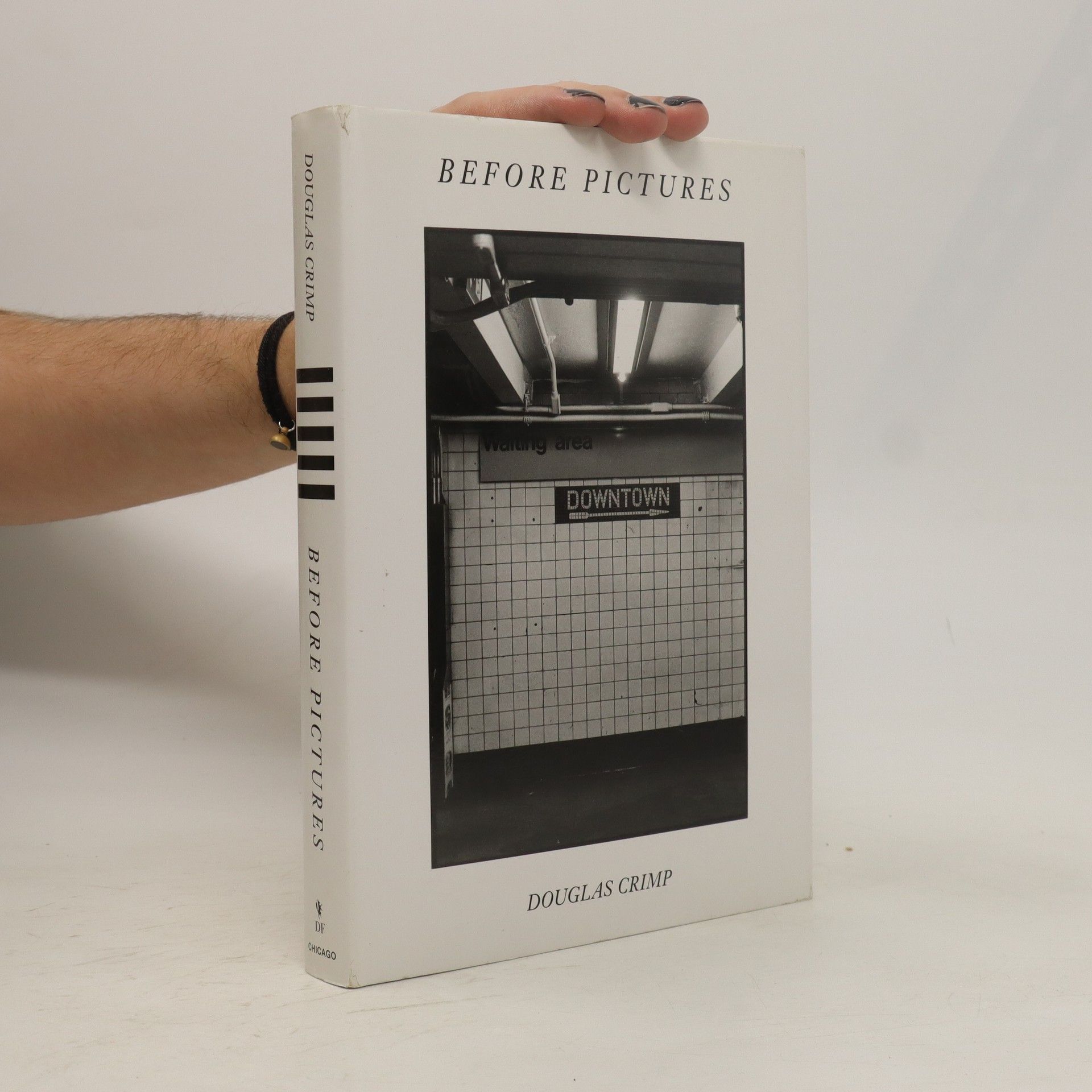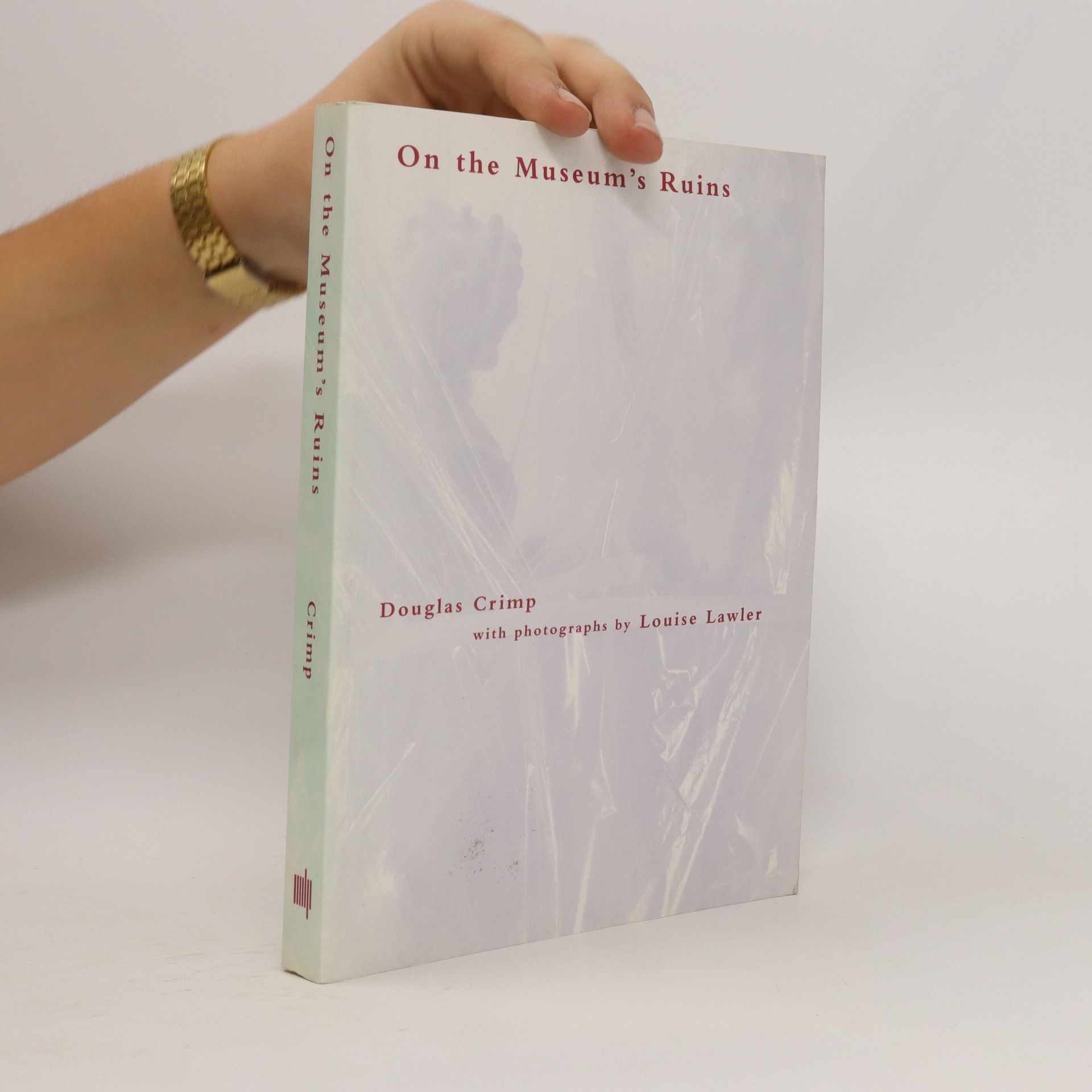“Getting your disco act together.” “Guy Hocquenghem visited New York and stayed with me in my loft on Chambers Street, and one night while I was out, he read what I'd written. When I returned later, he said to me that such straightforward description of gay culture was just the sort of thing that gay activists should be writing.” ― Douglas Crimp Douglas Crimp (b. Coeur d'Alene, USA, 1944; d. 2019) was one of the most influential art critics, curators, and AIDS activists of his time. His writings on representation and critique remain uncontested milestones in the debate over AIDS and queer aesthetics. The seminal essay Disss-co (A Fragment) reads as a primer to his pioneering studies of queer subcultures and New York's underground scene. In light of today's renewed repression of subcultural― sexual and ethnic―communities, the text has lost none of its relevance. The art works of Henrik Olesen (b. 1967) often focus on sexual politics. In this publication he shows excerpts from the project Lack of Information, 2001. Arranged as a grid, the work presents a map of different laws worldwide that are directed against gays, lesbians and transsexuals. Among other topics, the work examines anti-gay and sodomy laws, migration and adoption rights, and statistics on hate crimes. It also contains information on the frequency Disss-co (A Fragment) of same-sex behavior among animal species.
Douglas Crimp Knihy
Douglas Crimp byl americký spisovatel, kurátor a historik umění. Působil jako profesor dějin umění na University of Rochester. Jeho práce se zaměřovala na analýzu umění a kritickou teorii.



"What determines the significance of a work of art? Doe it abide eternally within the work? Or is it continually constructed and reconstructed from the outside, through the work's presentation? The historical shift from autonomous modernist object to postmodernist critique of institutions, from artwork to discursive context, is the subject of Douglas Crimp's essays and Louise Lawler's photographs in On the Museum's Ruins. Taking the museum as paradigmatic institution of artistic modernism, Crimp surveys its historical origins and current transformations. The new paradigm of postmodernism is elaborated through analyses of art practices broadly conceived--not only the practices of artists but also those of critics and curators, of international exhibitions, and of new or refurbished museums."--back cover.
Before Pictures
- 307 stránek
- 11 hodin čtení
Front room/back room -- Spanish Harlem (East 98th Street), 1967-69 -- Way out on a nut -- Chelsea (West 23rd Street), 1969-71 -- Back to the turmoil -- West Village (West 10th Street), 1971-74 -- Art news parties -- Hotel des artistes -- Tribeca (Chambers Street), 1974-76 -- Action around the edges -- Disss-co (a fragment) -- Broadway-Nassau (Nassau Street), 1976 -- Agon -- Pictures, before and after